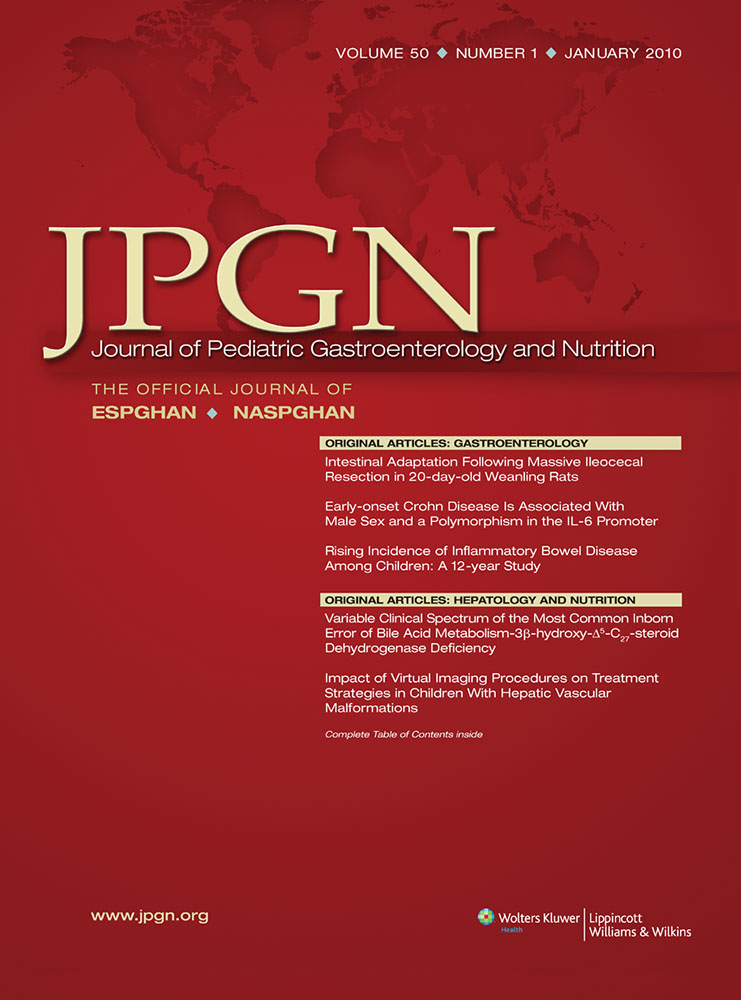Introduction of Complementary Feeding in 5 European Countries
Supported in part by the Commission of the European Communities, specific RTD Programme “Quality of Life and Management of Living Resources,” within the 5th Framework Programme (research grant no. QLRT–2001–00389 and QLK1-CT-2002-30582) and the 6th Framework Programme (contract no. 007036); the Child Health Foundation, Munich, Germany; LMU innovative research priority project MC-Health (sub-project I); the Competence Network Obesity funded by the German Federal Ministry of Education and Research (FKZ 01GI0828); and the International Danone Institutes. Berthold Koletzko is the recipient of a Freedom to Discover Award from the Bristol-Myers Squibb Foundation. The presented data are part of the PhD thesis in human biology submitted by Sonia Schiess to the medical faculty, Ludwig-Maximilians-University of Munich.
The authors report no conflicts of interest.
ABSTRACT
Objectives:
Little is known about the practice of introducing complementary feeding across Europe. We aim at describing times of solid introduction in healthy infants in 5 European countries.
Materials and Methods:
Between October 2002 and June 2004, 1678 healthy term infants were either breast-fed (BF) for at least 4 months (n = 588) or study formula–fed (FF) (n = 1090) with different protein contents. Three-day-weighed food protocols were obtained at ages 1, 2, 3, 4, 5, 6, 7, 8, 9, and 12 completed months.
Results:
Solids were introduced earlier in FF infants (median 19 weeks, interquartile range 17–21) than BF infants (median 21 weeks, interquartile range 19–24). Some 37.2% of FF infants and 17.2% of BF infants received solid foods at 4 completed months, which is earlier than recommended in Europe. Solids had been introduced at 7 completed months in 99.3% of FF infants and 97.7% of BF infants, respectively. Belgium had the highest percentage of solids feeding in FF infants at 3 (15.8%) and 4 (55.6%) completed months, and in BF infants at 4 (43%) and 5 (84.8%) completed months. Multiple regression showed low maternal age, low education level, and maternal smoking to predictors an early introduction of solids at 3 and 4 completed months.
Conclusions:
Complementary feeding is introduced earlier than recommended in a sizeable number of infants, particularly among FF infants. Country- and population-specific approaches to adequately inform parents should be explored.




